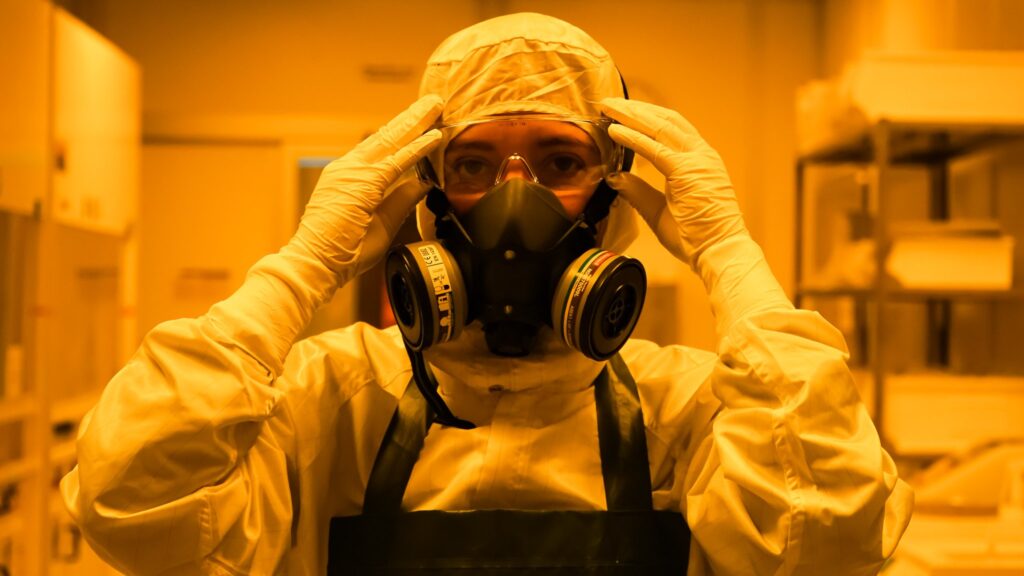Researchers at INL – International Iberian Nanotechnology Laboratory from Nieder research group, in collaboration with ICVS and iBiMED, are pioneering the use of functionalised nanodiamonds. This innovative approach offers a highly precise method to monitor neuronal activity at the cellular level, advancing our understanding of Parkinson’s disease. This breakthrough, published in ACS Applied Materials & Interfaces, could help understand the complex biological shifts occurring in the brains of patients suffering from neurodegenerative diseases, potentially leading to earlier diagnosis and personalised treatment. Parkinson’s disease, which affects over 10 million people worldwide, is characterised by the gradual loss of dopamine-producing neurons in the brain. This leads to motor symptoms such as tremors, difficulty with balance, and slowed movement. Studying these neurons at the single-cell level is crucial to understanding the disease’s progression. However, existing methods for observing neuronal activity, such as microelectrode arrays and patch-clamp techniques, have significant limitations, including poor spatial resolution and invasiveness. A promising alternative comes from the world of nanotechnology. Nanodiamonds are tiny diamond particles, just a few nanometres in size, known for their exceptional stability and biocompatibility. When these nanodiamonds contain special defects called nitrogen-vacancy centres, they gain unique optical and magnetic properties, making them a powerful […]
Read more


